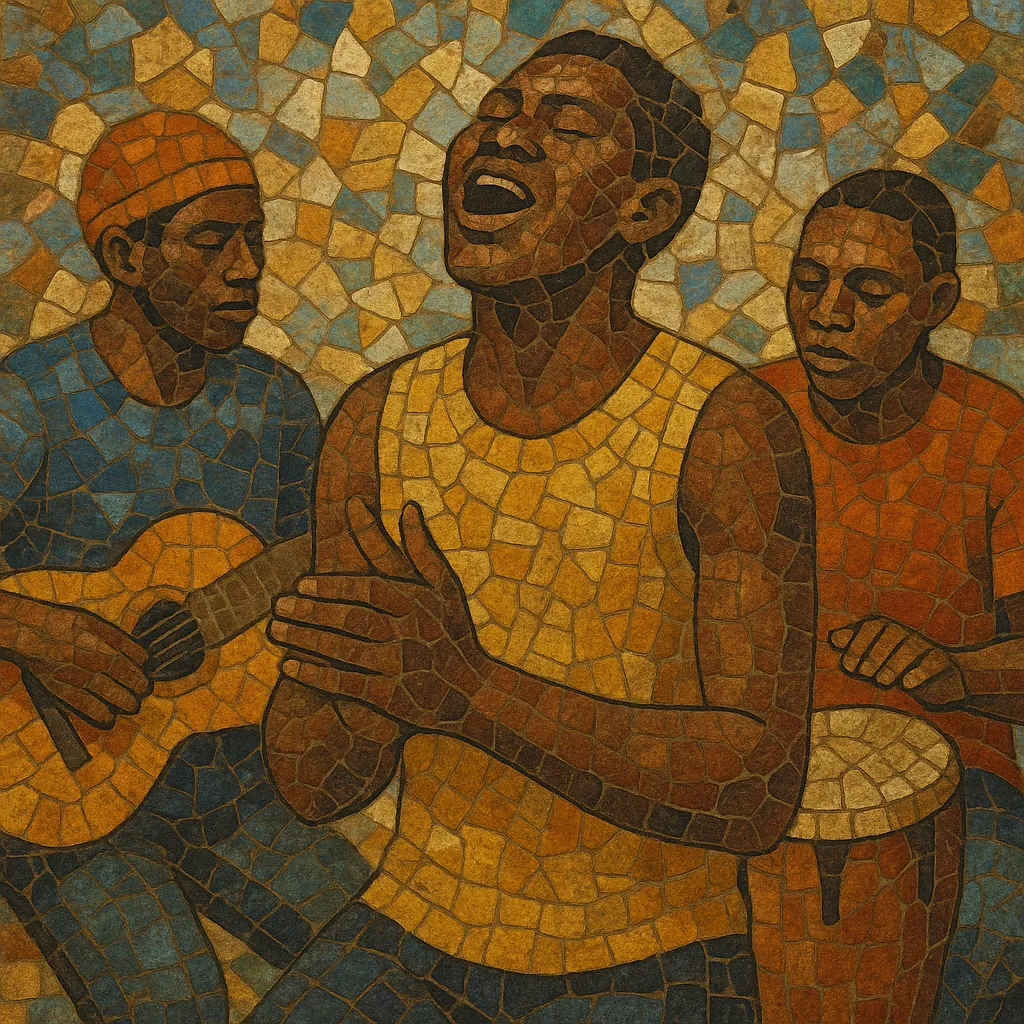Zouglou is a popular urban dance music and song style from Côte d’Ivoire that blends tight percussion grooves, choral call‑and‑response, and witty, socially engaged lyrics delivered in Nouchi (Ivorian street slang) as well as French. Its mid‑tempo pulse, handclaps, whistles, and contagious choruses make it a communal music meant for dancing, joking, and collective reflection.
Musically, it draws on Congolese rumba/soukous guitar figures, highlife’s buoyant song craft, and the glossy party sheen of zouk and local Ivorian pop currents like ziglibithy and zoblazo. Lyrically, it chronicles student life, love, hustle, and politics with humor and proverb-rich wordplay, turning everyday realities into sing‑along anthems.
Zouglou emerged in Abidjan—especially around student quarters like Yopougon—where youth transformed campus chants and street-party rhythms into a new performance style. Using affordable percussion, whistles, and group vocals, early crews shaped a danceable 4/4 groove and sharp, humorous storytelling in Nouchi. The sound synthesized local Ivorian pop lines (ziglibithy, zoblazo) with regional guitar currents from Congolese rumba/soukous and highlife.
By the late 1990s, groups moved from campus shows and cassettes to professional studios and national airplay. Magic System’s “Premier Gaou” (recorded 1999, an international hit in the early 2000s) exposed zouglou far beyond West Africa. Duos and groups like Yodé & Siro, Espoir 2000, Petit Denis, and Soum Bill solidified the genre’s hallmarks: call‑and‑response hooks, message‑driven lyrics, and communal dance routines.
Migration and touring anchored strong scenes in Paris and across the Francophone diaspora, feeding back new production polish (synths, drum machines) without losing hand‑clap/whistle energy. Zouglou’s youth focus and chant‑friendly refrains helped seed later Ivorian styles, most notably coupé‑décalé, and inspired the tone and slang of rap ivoire.
Zouglou remains a pillar of Ivorian pop culture and a soundtrack to social commentary—equally at home in stadium choruses and neighborhood maquis. Contemporary acts preserve the genre’s collective spirit while updating arrangements with modern keyboards, tighter bass programming, and video‑driven choreography.


